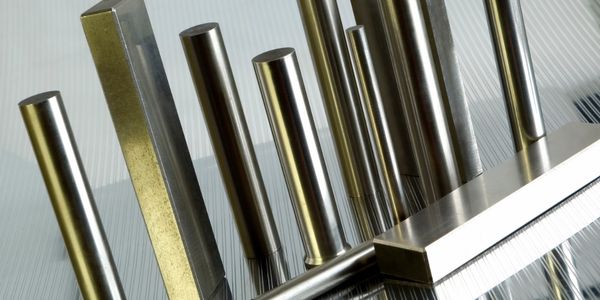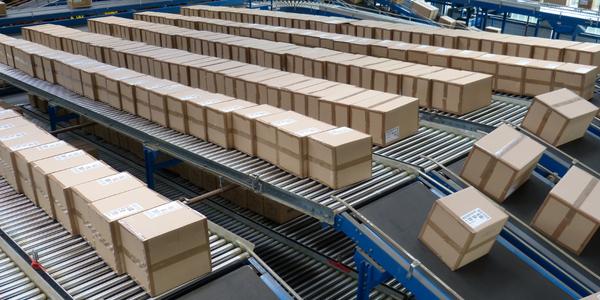Customer Company Size
Large Corporate
Region
- Europe
Country
- Netherlands
Product
- COMSOL Multiphysics®
Tech Stack
- Multiphysics Simulation
- Multiscale Modeling
- Topology Optimization
Implementation Scale
- Enterprise-wide Deployment
Impact Metrics
- Innovation Output
- Productivity Improvements
- Cost Savings
Technology Category
- Analytics & Modeling - Digital Twin / Simulation
- Analytics & Modeling - Predictive Analytics
Applicable Functions
- Product Research & Development
- Quality Assurance
Use Cases
- Additive Manufacturing
- Digital Twin
- Predictive Quality Analytics
Services
- Software Design & Engineering Services
- System Integration
About The Customer
The Netherlands Organization for Applied Scientific Research (TNO) is a prominent research institute that focuses on applied scientific research across various domains, including safety and security, energy, and manufacturing. TNO's work spans multiple subjects, and they are known for their innovative approaches to solving complex problems. The organization employs advanced techniques such as multiphysics simulation, multiscale modeling, and topology optimization to explore new frontiers in material design and additive manufacturing. TNO's research efforts are aimed at developing practical solutions that can be applied across different industries, making them a key player in the field of scientific research and technological innovation.
The Challenge
Anisotropic materials behave differently depending on the direction they are loaded, but current methods of material production offer limited control over anisotropy. This limitation makes it difficult to exploit the advantages of anisotropic materials for product design. Researchers at TNO aimed to develop a procedure for designing manufacturable anisotropic structures using stiffness and topology optimization techniques. They sought to create materials with specific properties, such as twice the stiffness in one planar direction compared to another, and to extend these capabilities to multimaterial structures. The challenge was to optimize the local distribution and orientation of materials at the microlevel and then scale these optimizations to larger devices while maintaining feasible computation times.
The Solution
Researchers at TNO used COMSOL Multiphysics® software to investigate and optimize the properties of anisotropic materials. They began by designing a single unit cell with specific stiffness characteristics and verified the simulation results with printed samples. The next step involved extending the simulation to multimaterial structures, optimizing the local distribution and orientation of materials to achieve desired properties. TNO implemented multiscale modeling to efficiently simulate both micromaterial and product scales simultaneously. This approach allowed them to design large, flexible organic LEDs (OLEDs) with improved light homogeneity by optimizing the metal grids in the transparent front-end electrodes. The team also applied their techniques to selective laser melting (SLM) 3D printing, developing unit cells that are stiff, printable, and contain holes for powder removal. They combined stiffness homogenization and topology optimization to create a polymer hammer handle with the correct stiffness and minimal material use, demonstrating the power and versatility of their approach.
Operational Impact
Quantitative Benefit

Case Study missing?
Start adding your own!
Register with your work email and create a new case study profile for your business.













